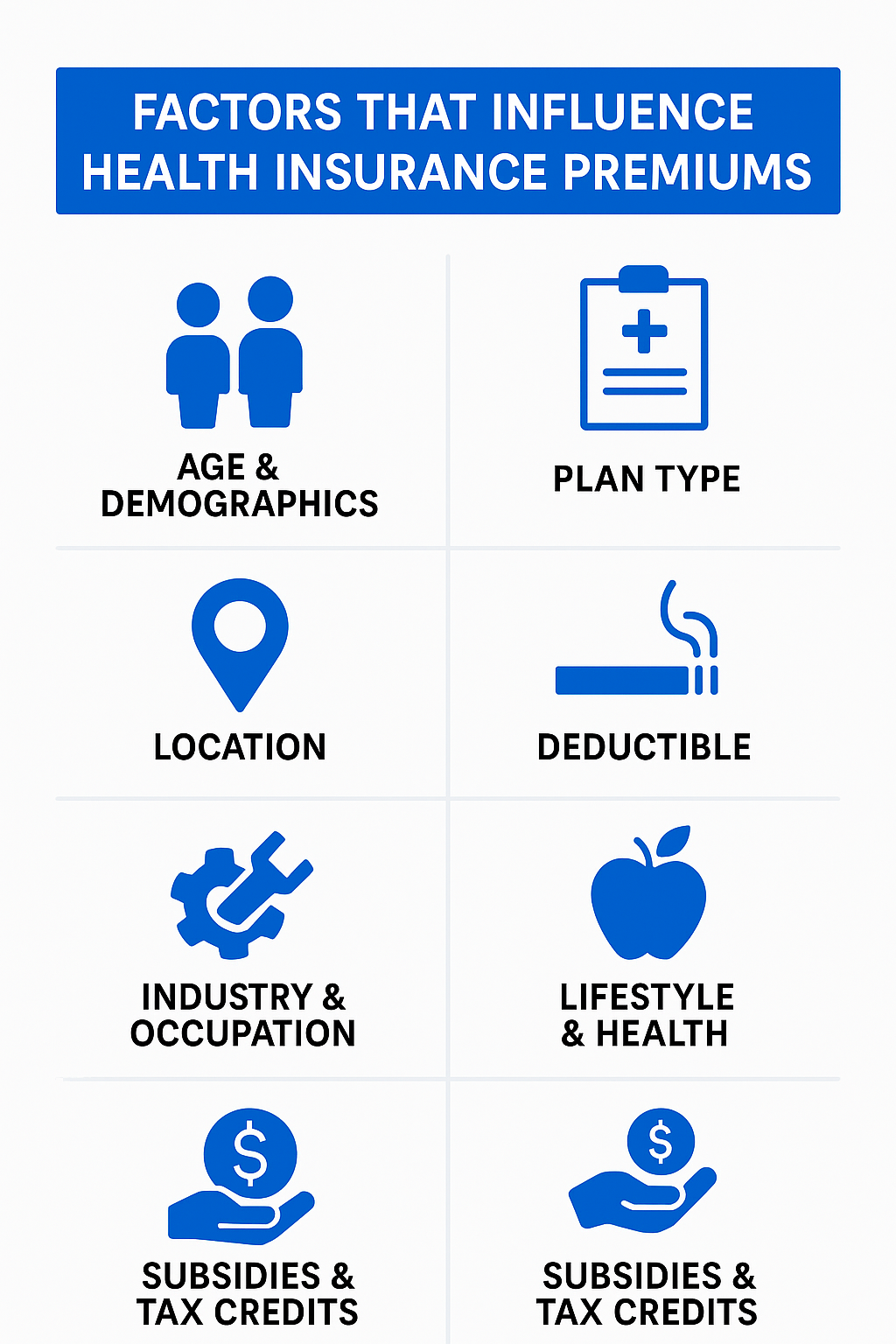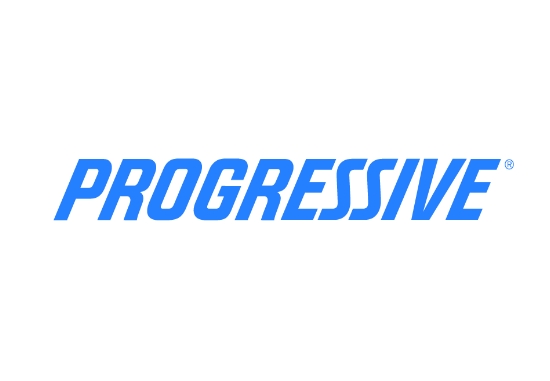How Health Insurance Premiums Are Calculated
We will search the top carriers for you for the best offer.
How Health Insurance Premiums Are Calculated
Understanding what drives your health insurance premium is the first step toward smarter selection and cost savings. Here’s an in-depth look at how premiums are set—and what you can do to secure the best rate possible.
1. Age and Demographics
Older individuals typically pay higher premiums due to greater health risk.
Family composition matters: adding spouses or children increases cost.
Other personal factors (e.g. gender, marital status, location) also influence pricing.
2. Location and Healthcare Costs
Insurers set rates based on the average healthcare costs in your area, including doctor fees, hospital charges, and treatment availability.
Urban or high-cost regions often come with significantly higher premiums.
3. Plan Type and Coverage Level
Bronze, Silver, Gold, and Platinum tiers reflect increasing levels of insurer cost‑share.
High-deductible plans (HDHPs) come with lower monthly premiums, while plans with low deductibles and extensive coverage cost more.
4. Deductibles, Copayments, and Coinsurance
Higher deductibles reduce premiums but increase out-of-pocket spending.
Copays and coinsurance levels (e.g., 20% coinsurance) also adjust your premium.
Plans with low out-of-pocket costs carry higher premiums.
5. Tobacco Use
Smokers and tobacco users are subject to higher premiums—usually up to 50% more—reflecting increased health risk.
6. Industry Risk and Occupation
Individuals in high-risk professions may face additional surcharges, especially if they participate in dangerous sports or activities.
7. Lifestyle and Health Factors
Pre‑existing conditions are no longer rated under law, but some insurers may offer wellness incentives.
Healthy lifestyle programs can yield discounts for blood pressure, weight loss, or tobacco-free living.
8. Subsidies and Tax Credits
For those with lower incomes, ACA subsidies and cost-sharing reductions can dramatically lower net premium costs.
Employer-sponsored plans may offer pre-tax premium options through payroll deductions.
9. Carrier Financial Structure and Overhead
Insurers build in costs like administrative expenses, profit margins, reserve requirements, and care networks.
Healthy competition and scale can help regulate premiums, while smaller carriers may have higher rates.
Why Premiums Vary Widely Even Within the Same ZIP Code
Premium differences often stem from:
Variations in insurer networks and negotiated rates with local providers
Administrative costs, profit margins, and efficiency of each insurer
Participation in different plan tiers and cost-sharing designs
Final Takeaway
Health insurance premiums are the result of multiple complex factors—age, location, plan structure, personal lifestyle, and more. Choosing the best plan involves more than comparing monthly costs: evaluate total yearly expenses, out-of-pocket limits, and the value of extra benefits.

Health Insurance Quote

Related Posts
Get a Right Insurance For You
SHARE THIS ARTICLE
We will compare quotes from trusted carriers for you and provide you with the best offer.
Protecting your future with us
Whatever your needs, give us a call, have you been told you can’t insure your risk, been turned down, or simply unhappy with your current insurance? Since 1995 we’ve been providing coverage to our customers, and helping people across United States.












